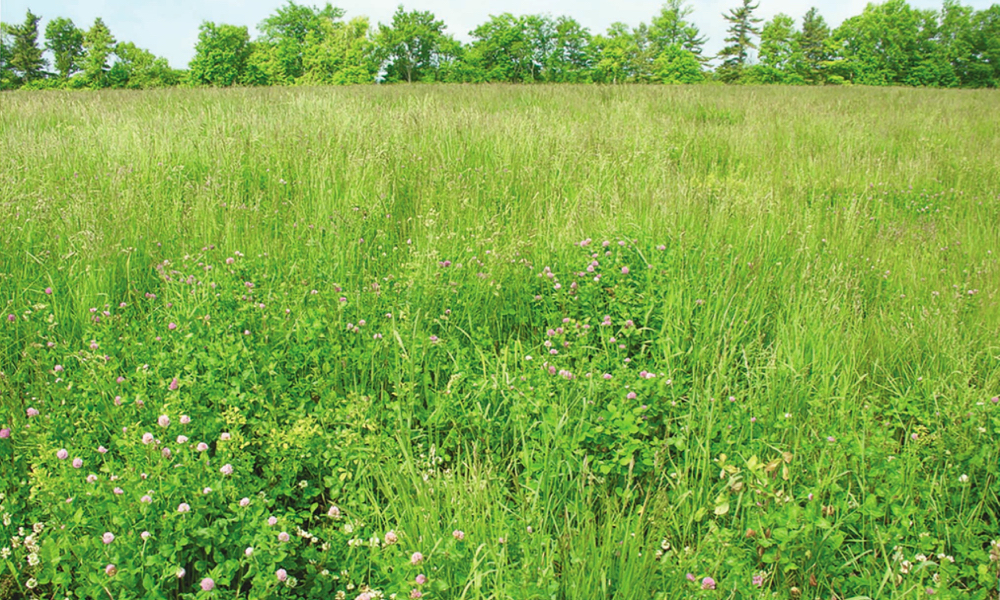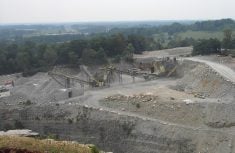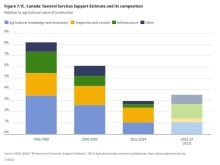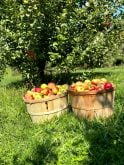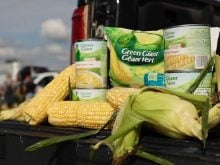Reducing landowner liability risk, targeting landscape conservation in areas where ecological gains could be achieved alongside high productivity, and reducing barriers to digital technology adoption could all improve the environmental resilience of Canadian Agriculture.
Speaking during the second of two Canadian Agri-Food Policy Institute events focused on improving agricultural resilience, three additional doctoral and distinguished fellows with the Institute – Tom Nudds, Ehsan Pashanejad, and Kwaku Twum – discussed how Canada’s approach to Species-at-Risk, conservation, and digital agriculture could be improved for better outcomes on the farm.
Protection from management restrictions
Quantifying what we have today allows us to know what is gained, or lost, in future. But when it comes to Species at Risk – Canada’s designation for wildlife species at risk of extinction – Nudds says good data on many species is lacking.
Indeed, it’s possible some species designated at-risk may prove to be doing better than currently assessed.
This state of affairs is, in part, a result of the inability of researchers to access private land for Specie at Risk assessment – such inaccessibility stemming from landowner fears that, should an animal of interest be found, government policy will restrict their freedom of operation. Without reliable access to private land, scientific uncertainty about species at risk status and related threats lead to delayed decisions, missed conservation opportunities, as well as high costs for governments, producers, and conservationists alike.
Providing landowners protections, however, could be a win for landowners as well as Canadian conservation efforts.
“Scientists require the help of landowners,” says Nudds, reiterating how “unintended consequences of some legislative experiments” – legislation designed to protect at-risk species, specifically – have long hampered conservation efforts, while unintentionally harming the livelihoods of some landowners.
“We need to cut landowners some slack…In return for access to the land we provide some legal assurances just as Ontario did in 1995 when it brought in the very successful Environmental Farm [Plan] program. If we were to package some of the tools coming out now inside these successful envelopes, it staggers me how much data for species that we [could] have.”
Enhancing ecosystem services
Pashanejad explored the potential for multifunctionality on prairie farms – that is, how biodiversity and other ecological gains could be achieved alongside high productivity.
The Canadian prairies, writes Pashanejad, are both working agricultural landscapes and dynamic living systems that store carbon, regulate water, and support biodiversity essential for the region’s agricultural productivity and long-term sustainability. These ecosystem services crucial for human well-being are, however, “increasingly under threat from anthropogenic pressures such as land use change, habitat fragmentation, and resource extraction.” Addressing these challenges while retaining a high degree of agricultural productivity requires integrated, evidence-based land management approaches that reconcile competing objectives of production and conservation.
“Agriculture and nature are not separate systems. They are deeply codependent,” says Pashanejad, speaking during the May 29 panel discussion. His main argument – for policymakers and regional planners to evaluate the “multifunctionality” potential different areas, and prioritize conservation efforts where ecosystem services can be protected or enhanced without undermining agricultural productivity. He also stresses the need for cross-sector collaboration in developing region-specific stewardship initiatives.
Making digital tech more accessible
Twum emphasizes the role digital agricultural technologies has had on improving environmental outcomes, including the lower greenhouse gas emission rates documented in areas where digital technology adoption is high. However, spotty adoption across the sector continues to limit further ecosystem improvement potential.
Smaller farms and those further north in Ontario, in particular, are lagging behind in technology adoption. Twum says this is largely a result of high investment requirements – the return on investment being perceived to be low by farmers running smaller operations – as well as internet connectivity gaps. A fragmented policy landscape between federal and provincial programs is also a challenge. Twum lists examples in his report, including:
“While Agriculture and Agri-Food Canada funds national innovation programs, provincial initiatives like Ontario’s Agri-Tech Innovation Program operate with different eligibility criteria and priorities. This misalignment can confuse farmers and limit the effectiveness of DAT adoption incentives at the farm level.”
“The absence of clear provincial or national standards for agricultural data governance, such as who owns yield data collected by GPS systems or how AI-driven recommendations are generated,” is another example where misalignment creates hesitation around adoption. Farmer awareness of programs supporting the adoption of digital agriculture tools is itself lacking.
Twum’s conclusion – that changes should be made to communication and outreach efforts promoting digital technology adoption, in order to reach more farmers. Ontario also needs a coordinated digital agriculture strategy, as well as stronger supporting infrastructure, training programs, and data governance.
Read Also

Defence investments could benefit agriculture
A bump in Canada’s NATO spending commitments could lead to infrastructure investments that would benefit rural areas




